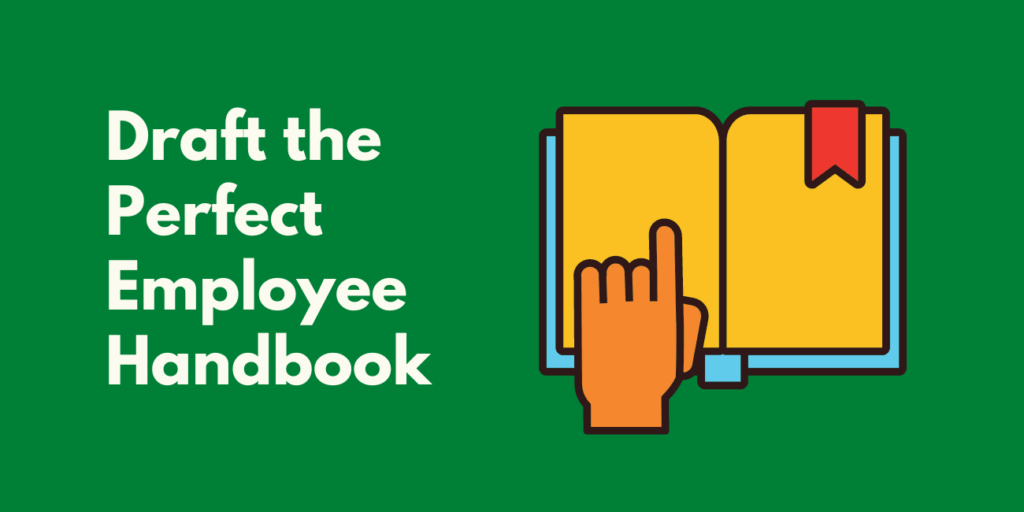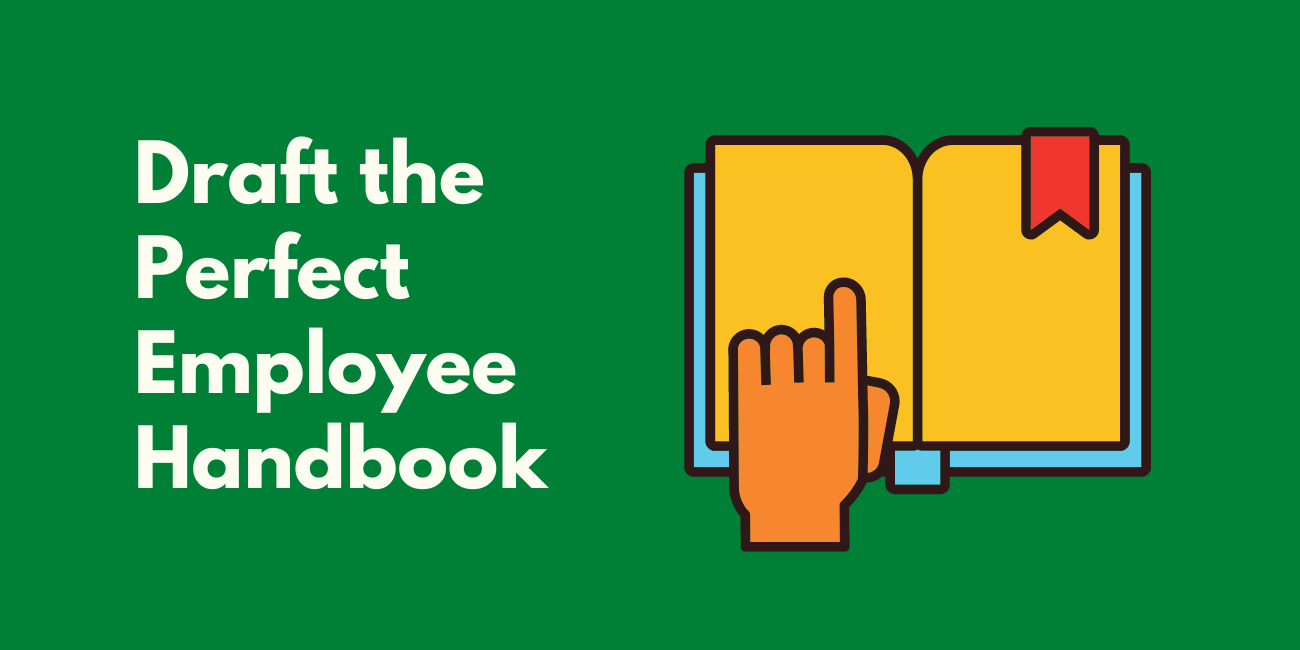
Revolutionizing Employee Onboarding and Engagement with an Employee Handbook App
In today’s fast-paced business environment, efficient communication and easy access to information are paramount. An employee handbook app is emerging as a game-changer, transforming how organizations onboard new hires, disseminate company policies, and foster employee engagement. This article delves into the benefits, features, and implementation strategies of an employee handbook app, exploring its potential to modernize HR practices and improve overall organizational effectiveness.
The Evolution of Employee Handbooks
Traditionally, employee handbooks were bulky paper documents, often relegated to a dusty shelf or forgotten in a drawer. These static handbooks were difficult to update, costly to distribute, and often overlooked by employees. The digital revolution brought about the PDF handbook, a step forward but still lacking in interactivity and real-time updates. Now, the employee handbook app represents the next evolution, offering a dynamic, engaging, and easily accessible platform for all company-related information.
Key Benefits of Implementing an Employee Handbook App
Enhanced Accessibility and Convenience
One of the most significant advantages of an employee handbook app is its accessibility. Employees can access the handbook anytime, anywhere, using their smartphones, tablets, or computers. This eliminates the need to search through physical documents or navigate complex file systems. The app provides a centralized repository of information, making it easy for employees to find the policies, procedures, and resources they need.
Improved Communication and Engagement
An employee handbook app facilitates two-way communication between the organization and its employees. Features such as push notifications, quizzes, and feedback forms enable real-time updates and encourage employee participation. This fosters a sense of transparency and keeps employees informed about important company news, policy changes, and upcoming events. An engaging employee handbook app can dramatically improve employee morale and satisfaction.
Streamlined Onboarding Process
Onboarding new employees can be a time-consuming and resource-intensive process. An employee handbook app streamlines onboarding by providing new hires with immediate access to essential information, such as company culture, values, and expectations. The app can also include interactive modules, videos, and quizzes to reinforce learning and ensure that new employees understand their roles and responsibilities. This leads to a smoother transition and faster integration into the company.
Real-Time Updates and Policy Management
Company policies are constantly evolving to reflect changes in legislation, industry best practices, and organizational needs. An employee handbook app allows HR departments to update policies in real-time, ensuring that employees always have access to the most current information. This eliminates the risk of employees relying on outdated or inaccurate information. The app also provides version control and audit trails, making it easier to track policy changes and ensure compliance.
Cost Savings and Environmental Sustainability
Switching from a paper-based handbook to an employee handbook app can result in significant cost savings. The app eliminates the need for printing, distributing, and storing physical documents. It also reduces the environmental impact of paper consumption, contributing to the organization’s sustainability efforts. The cost savings can be redirected to other areas of the business, such as employee training and development.
Data Analytics and Insights
Many employee handbook apps offer data analytics and reporting features that provide valuable insights into employee engagement and policy comprehension. HR departments can track which policies are being accessed most frequently, identify areas where employees may be struggling, and tailor training programs to address specific needs. This data-driven approach enables organizations to make informed decisions and continuously improve their HR practices.
Essential Features of a Modern Employee Handbook App
User-Friendly Interface
A well-designed employee handbook app should have a user-friendly interface that is easy to navigate and understand. The app should be intuitive and visually appealing, with clear headings, concise content, and a search function that allows employees to quickly find the information they need.
Mobile-First Design
Given the prevalence of smartphones and tablets, an employee handbook app should be designed with a mobile-first approach. This ensures that the app is optimized for smaller screens and provides a seamless user experience on mobile devices. The app should also be accessible on desktop computers for employees who prefer to use a larger screen.
Search Functionality
An effective search function is essential for any employee handbook app. Employees should be able to quickly and easily find specific information by entering keywords or phrases. The search function should be accurate and comprehensive, returning relevant results from across the entire handbook.
Push Notifications
Push notifications are a powerful tool for communicating important updates and reminders to employees. An employee handbook app should allow HR departments to send push notifications to inform employees about policy changes, upcoming events, and other important news. Push notifications should be targeted and relevant to ensure that employees are not overwhelmed with irrelevant information.
Interactive Elements
Interactive elements, such as quizzes, surveys, and feedback forms, can enhance employee engagement and improve policy comprehension. An employee handbook app should include these features to encourage employee participation and provide valuable feedback to HR departments. Interactive elements can also be used to reinforce learning and ensure that employees understand their roles and responsibilities.
Multimedia Support
An employee handbook app should support multimedia content, such as videos, images, and audio files. This allows HR departments to present information in a more engaging and accessible format. Videos can be used to explain complex policies, demonstrate procedures, and introduce new initiatives. Images and audio files can be used to enhance the visual and auditory appeal of the handbook.
Compliance Tracking
Compliance tracking is an essential feature for organizations that need to ensure that employees have read and understood specific policies. An employee handbook app should allow HR departments to track which employees have reviewed certain policies and require employees to acknowledge that they have read and understood the content. This helps to mitigate risk and ensure compliance with legal and regulatory requirements.
Integration with HR Systems
An employee handbook app should integrate seamlessly with existing HR systems, such as human resource information systems (HRIS) and learning management systems (LMS). This allows for the automatic synchronization of employee data and ensures that the handbook is always up-to-date with the latest information. Integration with HR systems can also streamline administrative tasks and reduce the risk of errors.
Implementing an Employee Handbook App: Best Practices
Assess Your Needs
Before implementing an employee handbook app, it is important to assess your organization’s specific needs and requirements. Consider the size of your workforce, the complexity of your policies, and the level of employee engagement you want to achieve. This will help you to choose an app that is tailored to your organization’s unique needs.
Involve Stakeholders
Involve stakeholders from across the organization in the implementation process. This includes HR professionals, IT staff, legal counsel, and employee representatives. Gathering input from different perspectives will help to ensure that the app meets the needs of all users and is aligned with the organization’s overall goals.
Develop a Content Strategy
Develop a comprehensive content strategy that outlines the information that will be included in the employee handbook app. This should include company policies, procedures, benefits information, and other relevant resources. Ensure that the content is clear, concise, and easy to understand.
Train Employees
Provide employees with training on how to use the employee handbook app. This can include online tutorials, in-person workshops, and user guides. Ensure that employees understand how to access the app, navigate the content, and use the interactive features.
Promote the App
Promote the employee handbook app throughout the organization. Use internal communication channels, such as email, newsletters, and intranet postings, to announce the launch of the app and highlight its benefits. Encourage employees to download and use the app regularly.
Gather Feedback
Gather feedback from employees on their experience using the employee handbook app. This can be done through surveys, feedback forms, and focus groups. Use the feedback to identify areas for improvement and continuously enhance the app’s functionality and content.
Regularly Update the App
Regularly update the employee handbook app with new information, policy changes, and feature enhancements. This will ensure that the app remains relevant and valuable to employees. Communicate updates to employees through push notifications and other communication channels.
The Future of Employee Handbooks
The employee handbook app is not just a trend; it is a fundamental shift in how organizations communicate with and engage their employees. As technology continues to evolve, employee handbook apps will become even more sophisticated and integrated with other HR systems. We can expect to see increased personalization, artificial intelligence (AI)-powered search, and augmented reality (AR) features that enhance the user experience and provide employees with even more valuable information.
In conclusion, an employee handbook app is a powerful tool for modernizing HR practices, improving employee engagement, and streamlining communication. By implementing an employee handbook app, organizations can create a more informed, engaged, and productive workforce. The benefits of accessibility, real-time updates, and data analytics make it a worthwhile investment for any organization looking to stay ahead in today’s competitive business environment. [See also: Digital Transformation in HR] and [See also: Employee Engagement Strategies]. Embracing this technology is not just about keeping up; it’s about leading the way in creating a better workplace for everyone. Consider the impact an effective employee handbook app can have on your company’s culture and bottom line.

